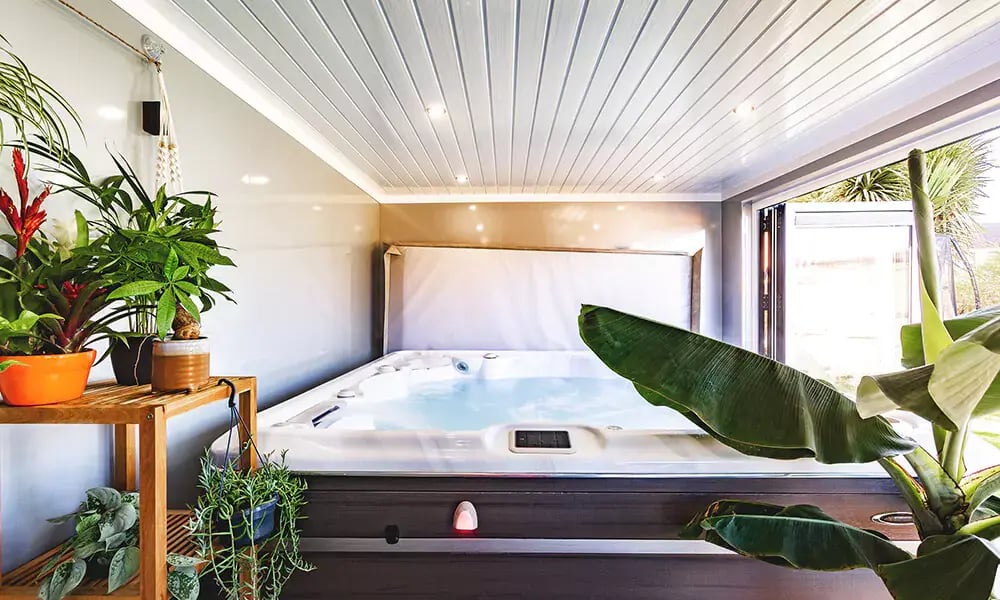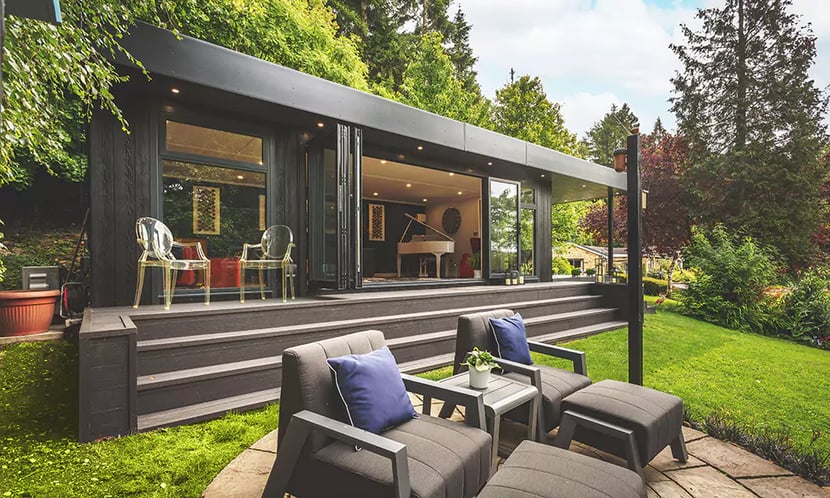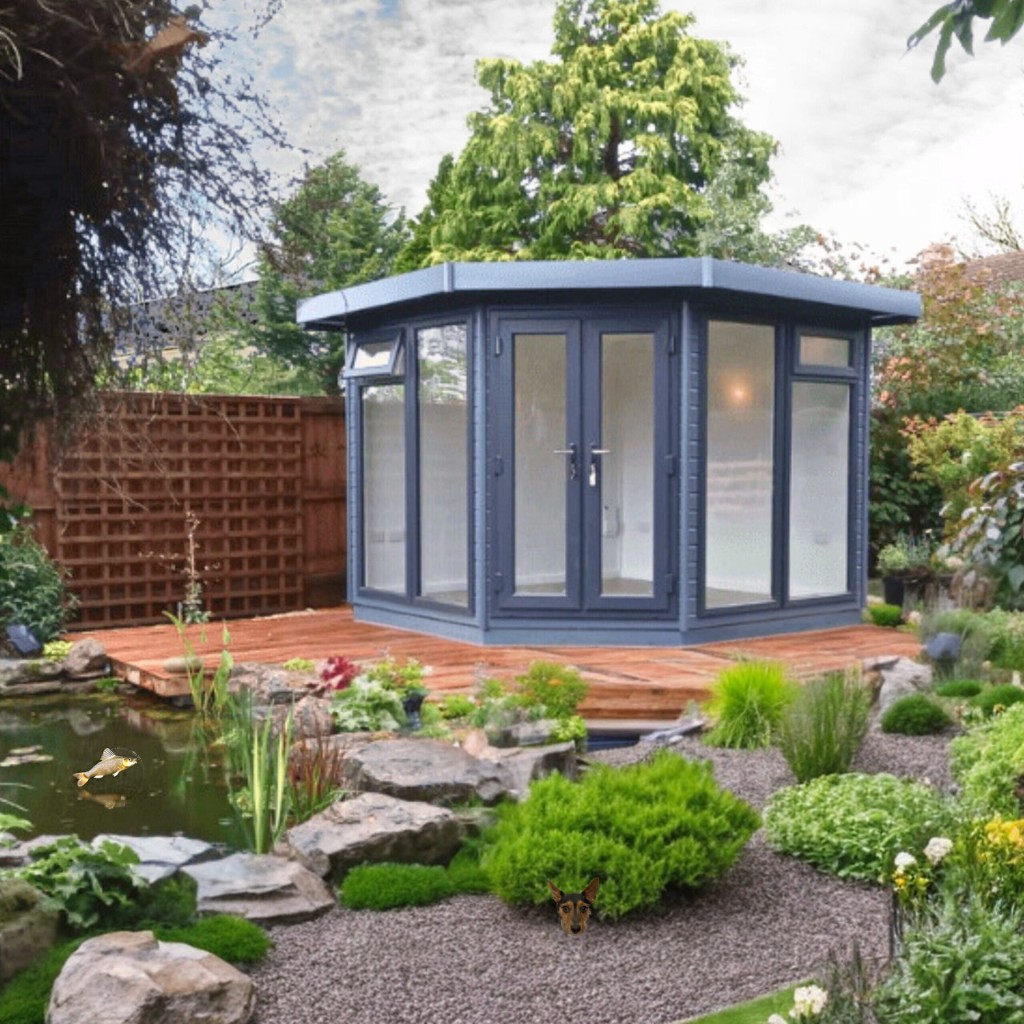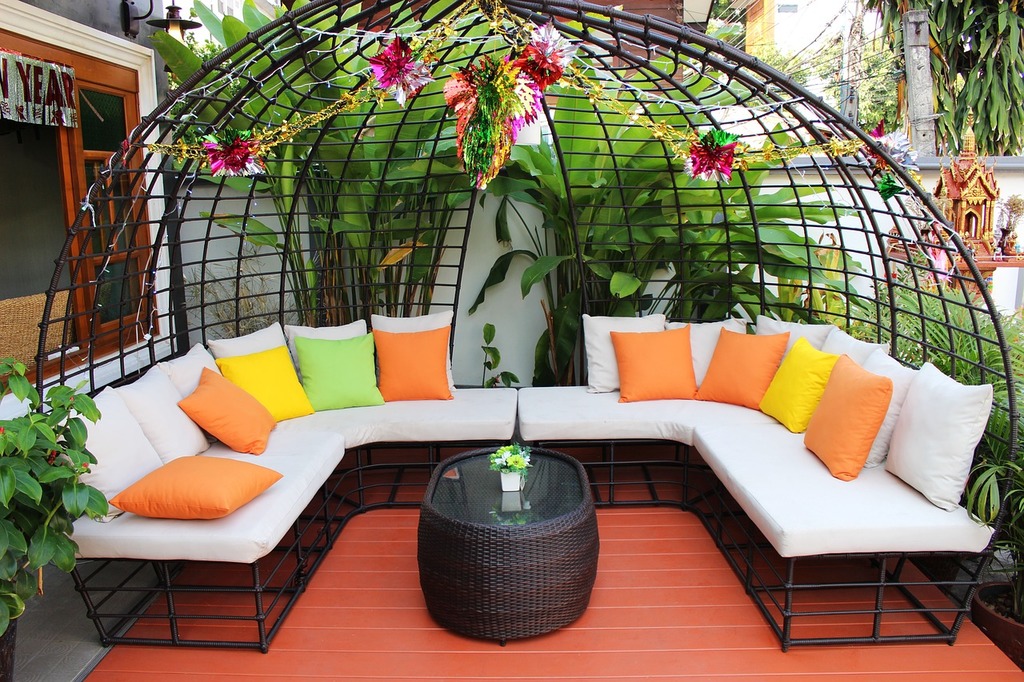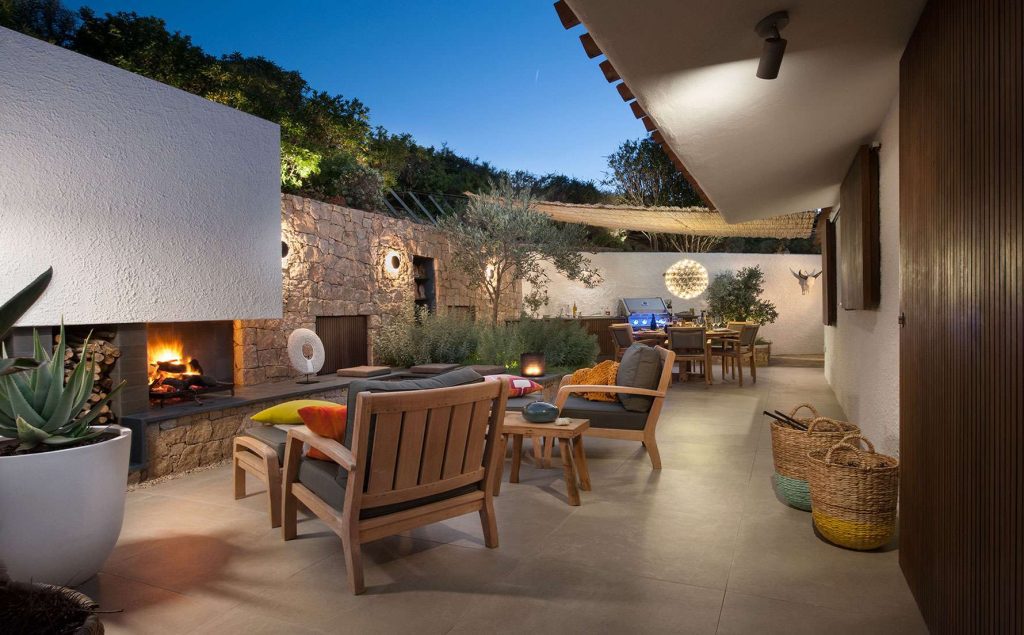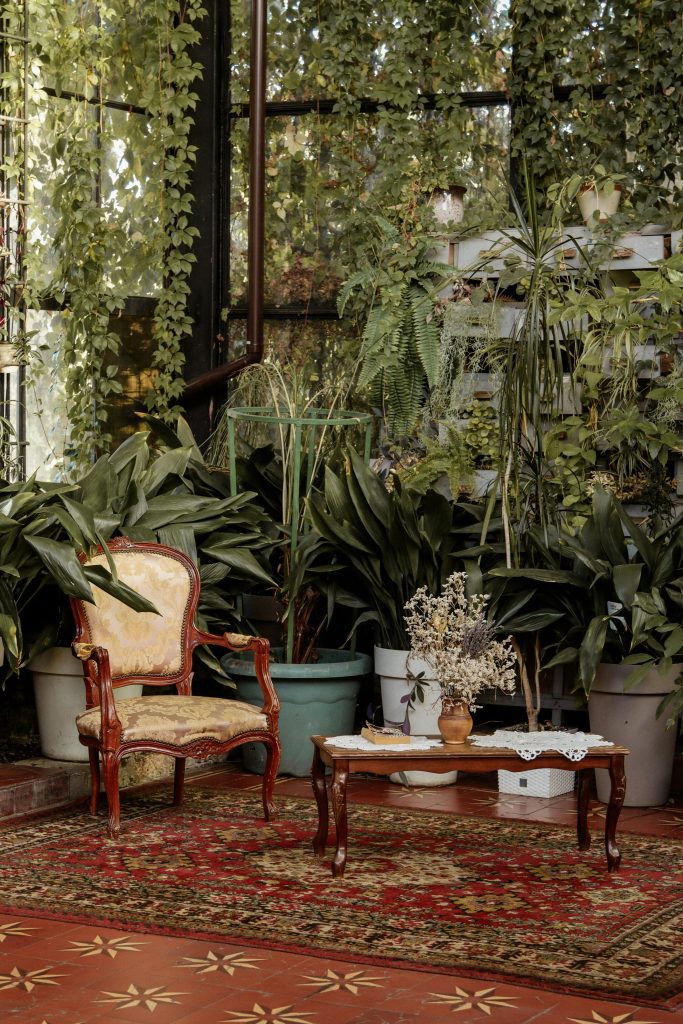Can You Transform Your Garden Room into a Luxury Hot Tub Haven?
Discover how to create the ultimate garden room hot tub retreat that combines indoor comfort with outdoor indulgence – perfect for year-round relaxation. Understanding the Basics of Hot Tub Garden Rooms Creating a luxury hot tub garden room requires careful planning and consideration of various essential elements. Recent studies show that over 65% of garden room owners are now incorporating leisure facilities like hot tubs into their spaces, marking a significant shift towards creating multi-functional wellness areas at home. A well-designed hot tub garden room combines the therapeutic benefits of hydrotherapy with the comfort of an indoor space, providing a perfect retreat regardless of weather conditions. The key to success lies in understanding the fundamental requirements and ensuring your garden room can safely and effectively house a hot tub while maintaining an atmosphere of luxury and relaxation. Structural Requirements Foundation strength: Must support minimum 2000kg when hot tub is filled Reinforced concrete base at least 150mm thick Level surface with maximum 1-degree tolerance Proper drainage systems to handle overflow and splashout Structural support beams rated for additional weight Waterproof membrane beneath flooring Space Planning and Layout The ideal hot tub garden room requires careful space planning to create a functional and luxurious environment. Industry standards recommend a minimum of 24 square metres to comfortably accommodate a standard-sized hot tub while leaving ample space for circulation and additional amenities. Consider allowing at least 1 metre of clearance around all sides of the hot tub for maintenance access and safety. The layout should flow naturally, with clear pathways and designated zones for changing, relaxation, and entertainment. Creating the Perfect Environment The success of your hot tub garden room largely depends on creating and maintaining the perfect environment. According to recent industry data, proper environmental control can reduce maintenance costs by up to 40% and significantly extend the lifespan of both your hot tub and garden room. The key lies in striking the right balance between temperature, humidity, and ventilation while ensuring your space remains comfortable and inviting throughout the year. Ventilation and Moisture Control Install mechanical ventilation systems with humidity sensors Incorporate dehumidification units rated for spa environments Position air vents strategically for optimal airflow Use moisture-resistant materials for walls and ceiling Install vapour barriers during construction Consider automated ventilation systems with smart controls Temperature Management Maintaining optimal temperature is crucial for both comfort and efficiency. Modern garden rooms with hot tubs require sophisticated climate control systems that can handle the unique challenges of managing heat and humidity. Invest in high-quality insulation and consider underfloor heating for cooler months. Smart thermostats can help maintain ideal conditions while minimizing energy costs. Luxury Design Elements Transform your garden room decor ideas into a high-end spa retreat by incorporating luxurious design elements that enhance the overall experience. Recent trends show that 85% of luxury garden room installations now include premium design features that elevate the space beyond basic functionality. Focus on creating a cohesive design that appeals to all senses while maintaining practicality and durability. Lighting and Ambiance LED colour-changing mood lighting systems Dimmable overhead and accent lights Waterproof outdoor lighting features Natural light through strategically placed windows Solar-powered pathway lights Smart lighting controls for different scenarios Materials and Finishes Select materials that combine luxury with practicality, ensuring they can withstand the humid environment while maintaining their aesthetic appeal. Premium cedar cladding, composite decking, and porcelain tiles are popular choices that offer both durability and sophistication. Consider incorporating natural elements like stone features and living walls to create a seamless indoor-outdoor connection. Additional Amenities and Features Enhance your hot tub haven with carefully selected amenities that complement the main attraction. Studies indicate that properties with well-equipped garden room spas can increase value by up to 15%. Focus on features that improve functionality while maintaining the luxury spa atmosphere. Changing Areas and Storage Built-in cedar benches with storage Heated towel rails and robe hooks Waterproof storage cabinets Changing privacy screens Non-slip flooring areas Integrated shelving systems Entertainment Options Modern hot tub garden rooms increasingly incorporate entertainment features to create a complete leisure experience. Consider installing weatherproof speakers, smart TVs, and ambient lighting systems. 73% of luxury garden room owners now include integrated entertainment systems in their spaces. Maintaining Your Hot Tub Haven Regular maintenance is essential for preserving the luxury and functionality of your hot tub garden room. Establish a comprehensive care routine that addresses both the hot tub and the surrounding environment. Professional maintenance can extend the life of your installation by up to 50% while ensuring optimal performance. Regular Maintenance Weekly water chemistry checks Monthly filter cleaning and inspection Quarterly deep cleaning of surrounding areas Bi-annual professional servicing Regular ventilation system checks Routine inspection of seals and waterproofing Seasonal Considerations Adapt your maintenance routine to address seasonal challenges. Winter requires additional heating considerations and protection against freezing, while summer focuses on managing higher humidity levels and UV protection. Implement a seasonal maintenance schedule to ensure year-round enjoyment of your spa retreat. Making It a Reality Turning your garden room into a luxury hot tub haven requires careful planning and professional expertise. Recent market analysis shows that well-planned hot tub garden rooms can offer a return on investment of up to 120% when considering property value increases and long-term wellness benefits. Budget Planning Hot tub installation: £6,000-£15,000 Structural modifications: £3,000-£8,000 Climate control systems: £2,000-£5,000 Luxury finishes: £4,000-£10,000 Professional design services: £1,500-£3,000 Annual maintenance budget: £1,000-£2,000 Professional Installation Partner with qualified professionals who specialise in garden room hot tub installations. Ensure they have experience with similar projects and can provide references. Always verify credentials and insurance coverage, and obtain detailed written quotes and project timelines before proceeding. FAQ Where not to put a hot tub? Choose a hot tub location not within 16 feet of overhead power lines to avoid electrocution. The equipment should also be 5 feet away from any other structure to reduce the risk of flooding. Many homeowners opt to place their hot tubs in-ground to protect family and guests from
Can You Transform Your Garden Room into a Luxury Hot Tub Haven? Read More »


